Microsoft’s February 2025 Patch Tuesday Addresses 55 CVEs (CVE-2025-21418, CVE-2025-21391)
Tenable
FEBRUARY 11, 2025
A local, authenticated attacker could exploit this vulnerability to elevate to SYSTEM level privileges. A local, authenticated attacker could exploit this vulnerability to delete files from a system. Exploitation would allow an attacker to obtain a user's NTLMv2 hash, which could then be used to authenticate as that user.

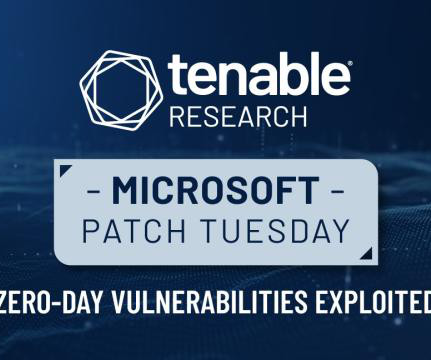
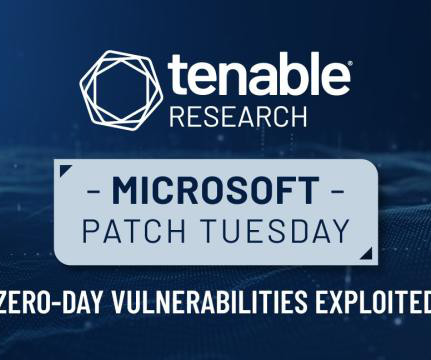
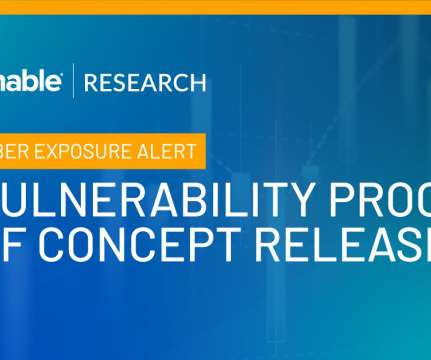
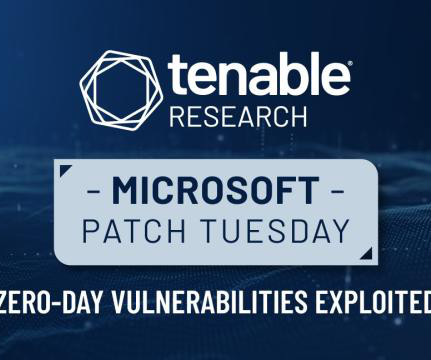

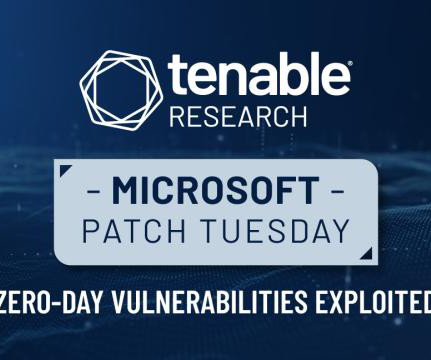
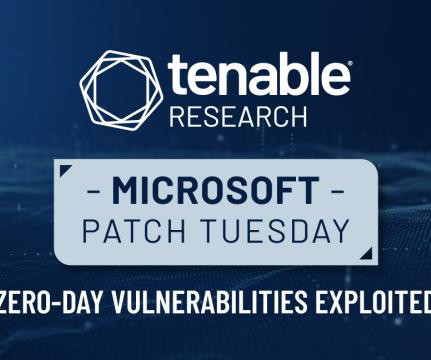

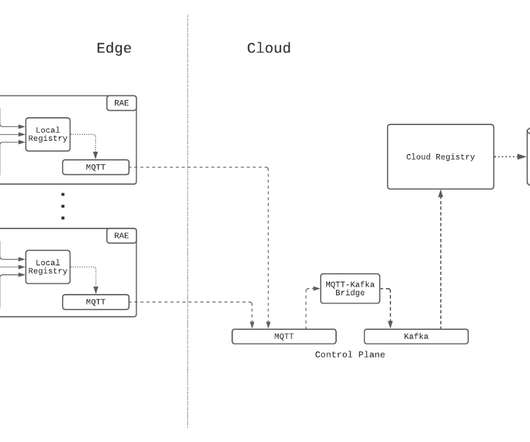


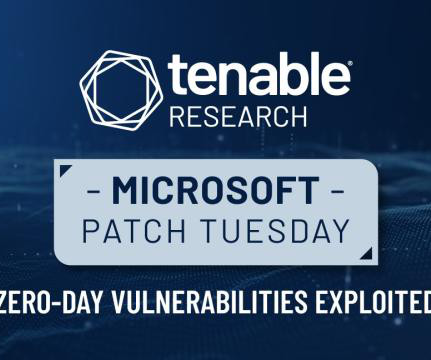









Let's personalize your content